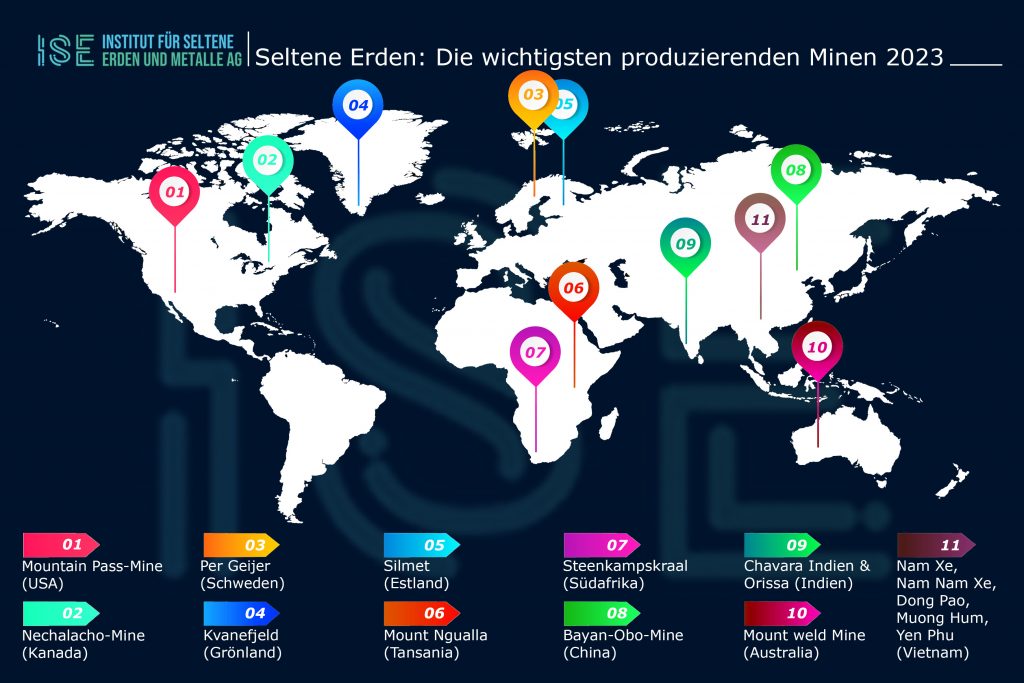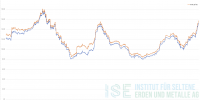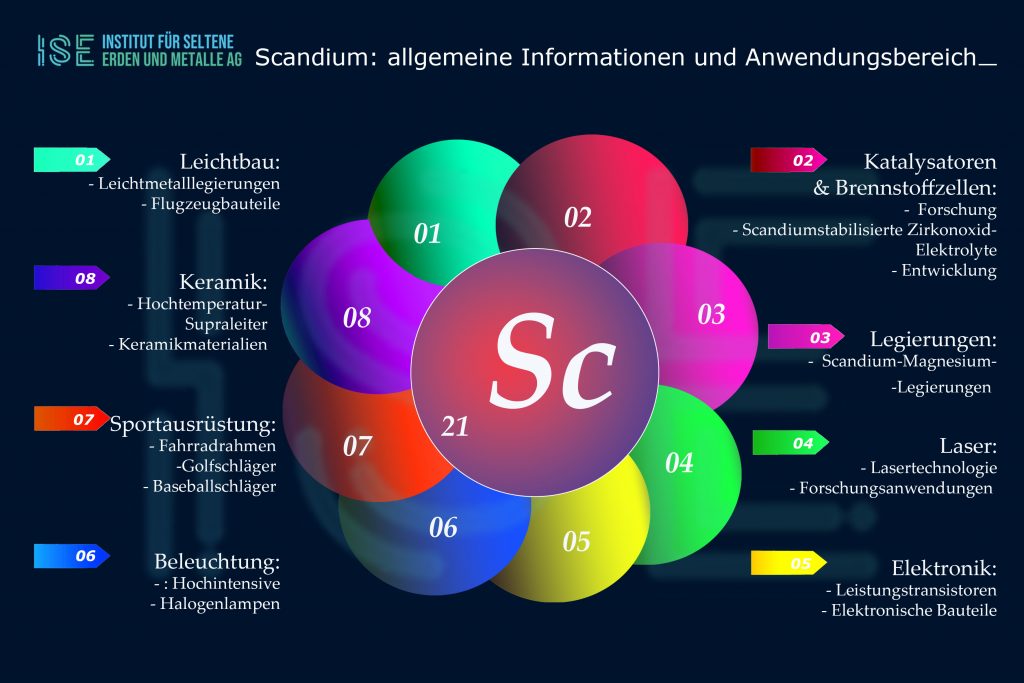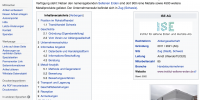Last week, a new industry association was set up in Brussels to bring together all players in the rare earth supply chain. These raw materials are critical for renewable and low-CO2 technologies.
The new association is "the first truly global network for rare earths and metals," said association officials at a founding event on Wednesday.
The group called Rare Earths Industry Association (REIA) has 12 founding members from countries such as the United Kingdom, Germany, France, the Netherlands, Japan and China. It is the first rare earth trade association in Europe and the only one outside of China.
In a joint statement, the members of the new trading group stated that a key objective was to "support" transparency throughout the supply chain. Originally developed with funds from the EU research and innovation program Horizon 2020, the association is meanwhile independent.
By "rare earths" one understands a group of 17 metals, which usually occur together in nature. Contrary to the name, they are relatively common, but their degradation can be expensive and very harmful to the environment. The fabrics enhance the performance of catalytic converters, X-ray machines and smartphones and are also used as strong magnets in electric cars and wind turbines.
The rare earth supply chain is notorious for being particularly opaque. China dominates the extraction, processing and production of metals. This supply concentration became apparent during the "rare earth crisis" in 2010-2012, when a territorial dispute between China and Japan escalated into a trade embargo.
In the resulting panic technology companies embedded rare earths and prices rose dramatically. While rare earth trade is now relatively stable again, tensions between the US and China are fueling fears of a new crisis.
Rare earth as a "political weapon"
"2011 has made clear the need for a global unification," says Nabeel Mancheri, senior researcher at the Catholic University of Louvain, who co-founded the new association. "At the time, there was an information gap between the various players in the industry," he explains.
So far, unlike many other important metals, there has not been a global rare earth industry association.
"This project started with a focus on internationalization - we wanted to bring everyone to the table," adds Mancheri. He hopes that a federation can contribute to improving trade relations: "We stand for open trade and liberal politics. And even though there are commercial disputes, we would always appeal to businesses and governments not to impose any trade restrictions. "
Milan Grohol, political director of the Directorate for Commodities of the European Commission, expressed concern at what he considered to be "increasing national protectionism" at the association's founding conference.
"We've seen rare earths be used as a political weapon," says Grohol. "With the EU on the way to becoming a carbon-neutral economy, we are very concerned about it." The EU official described the rare earths market as one of the most concentrated, which "is not very good news for free trade".
According to Chen Zhanheng, deputy director of China's Rare Earth Industry Association, 2018's EU 52 was by far the largest importer of Chinese rare-metal magnets, followed by the US with 17 percent. Zhanheng did not want to comment on the potential impact of the US trade war on rare earth supply chains.
Europe's dependence
The European Union is completely dependent on imports for its rare earth supplies; most of them come from China. After the price shocks of 2011, the rare earths were included in the list of "critical metals" of the commission and in the so-called raw material initiative. The latter aims to ensure the Union's access to sustainable supplies from abroad.
"It's not about being resource-independent," Grohol said. But important is a "diversification of the offer". In other words, the search for sources of raw materials outside of China.
The domestic, own supply of rare earths is also an aspect of the raw material initiative. Since 2010, the EU has funded projects to explore such mines. Despite some "very good" discoveries, the existing market conditions and price fluctuations prevent the commissioning of such mines, explained Grohol.
Nevertheless, Rene Kleijn, an industrial ecologist at Leiden University, believes there will be more and more mines for rare earth mines in Europe - "even though they have to comply with stricter environmental laws and higher labor costs."
The recycling of rare earths was also at the top of the agenda at the association's founding event. According to a report from 2018, 39 million of EU R & D resources have been spent over the last ten years on rare earth recycling. Industrial recycling plants are currently but apparently not planned.
This is mainly due to a lack of collection projects for recycling, according to the report. Kleijn explained that there was also a delay between the consumption / use of rare earth technologies and the timing of recycling: "The first hybrid electric cars are only just reaching the end of their lifespan; and the currently installed wind turbines will only be recycled in 10-15 years, "says Kleijn.
Grohol was quite skeptical about the promotion of rare earths in the EU: "Currently we are losing on all fronts, from mining to processing to recycling. This is very worrying. "In order to ensure supply, there is a need to push for further" diversification "of sources and to uphold" partnerships with other countries ".
Europe also seems to be making financial adjustments: according to the latest plans, almost 100 million euros are to be made available from the Horizon 2020 funds for research and innovation in the field of raw materials.
Source: By: Laura Cole | EURACTIV.com | translated by Tim Steins







